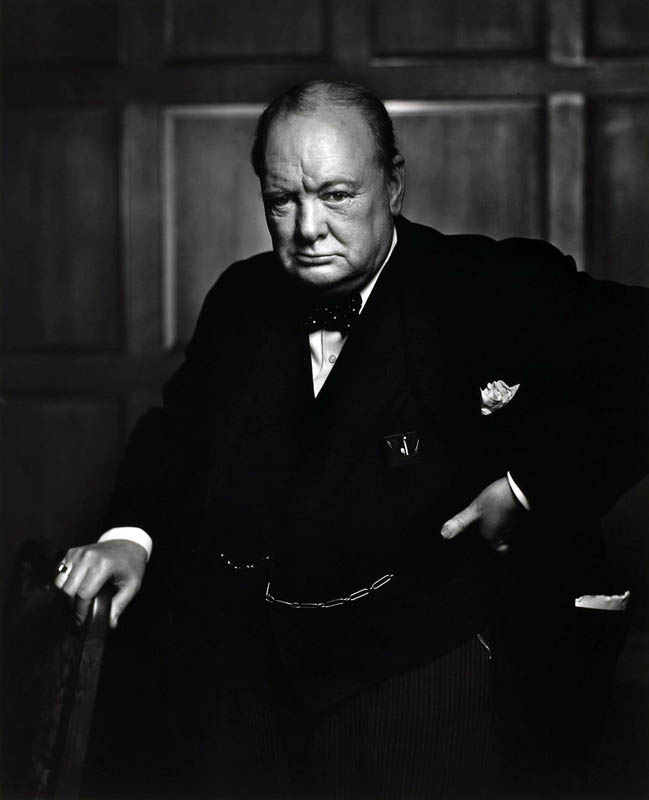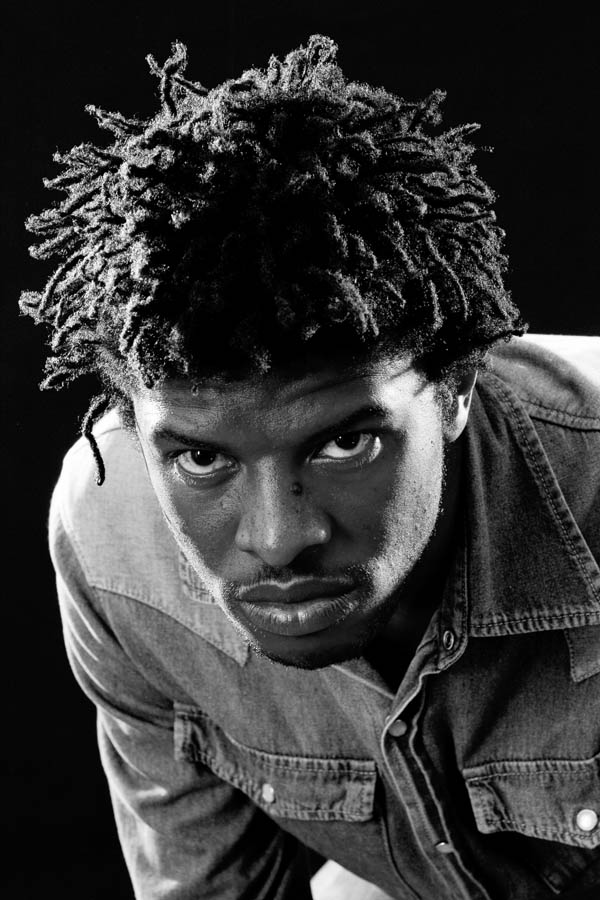Celebrating the legendary portrait photographer, Yousuf Karsh
It’s 13 July, and today we commemorate the death, 11 years ago, of one of the true greats of portrait photography, Yousuf Karsh (23 December 1908 – 13 July 2002).
Of Armenian descent, Karsh was sent by his family to Canada at the age of 16, where he went to live with his uncle, a photographer. He started assisting in his uncle’s studio, and quickly showed potential as a photographer himself. After a stint as apprentice with US portrait photographer John Garo, Karsh returned to Canada to start his own business in 1931. After five years he had his first solo exhibition at the Chateau Laurier hotel in Ottowa, Ontario. His relationship with the hotel continued for many years, and in 1973 he moved his studio into the hotel, from where he continued to operate until his retirement in 1992.
Karsh’s skill as a portrait photographer attracted many high profile clients, but it was a portrait of Winston Churchill, shot in 1941, that elevated him to legendary status. It is claimed that his Churchill portrait is the most reproduced photographic portrait in history. After this image, having your portrait done by Karsh became a celebrity status symbol – of the 100 most notable people of the 20th century (named by the International Who’s Who in 2000), Karsh had photographed 51. George Perry, a journalist with the Sunday Times, succinctly described the prominence of Yousuf Karsh as portrait photographer to the famous and important, when he said, “when the famous start thinking of immortality, they call for Karsh of Ottawa.”

Despite being difficult during the shoot, Churchill acknowledged Karsh’s photographic mastery – he is quoted as saying “You can even make a roaring lion stand still to be photographed.” This prompted Karch to title the portrait ‘The Roaring Lion’.
Karsh’s mastery of studio lighting was legendary, and he has become associated with a number of distinctive lighting techniques. Lighting the face, Karsh often used two lights placed somewhat behind his subject, on either side, resulting in light bouncing off the sides of both sides of the face, towards the camera. This lighting setup resulted in distinctive highlights on both sides of the subject’s face, with the centre of the face slightly darker.

Another unique Karsh trait was to very pertinently light his model’s hands, often with a separate light dedicated to illuminating the hands. In this way he elevated the hands from being mere appendages to being ‘stars’ in their own right in the portrait.
All his classic portraits were shot on a large format Calumet camera dating from the 1940s.
Yousuf Karsh’s legacy looms large over the portrait photography domain, especially in Canada, where he has been honoured through events such as ‘Festival Karsh’, and through the establishment of the ‘Karsh Prize’, recognising Ottowa-based photographic artists.
His work has been included in the permanent collections of many of the top galleries in the world, including the National Galleries of Canada, France and Australia, New York’s Museum of Modern Art, the National Portrait Gallery in London, and the George Eastman House International Museum of Photography and Film.





![Portrait of the English mathematician, astronomer, chemist, and experimental photographer/inventor Sir John Herschel, by Julia Margaret Cameron, 1867. This portrait illustrates Cameron's trademark tightly cropped, soft focus style, and her uncanny ability to bring out the character of her subjects. [Public domain - copyright expired]](https://sciencelens.files.wordpress.com/2013/06/cameron_sir_john_herschel.jpg?w=760)




![NASA image release date April 17, 2012 This region resembles a coral reef, but the gas has been eroded by the hefty stars in R136, situated above it. Cloaked in gas at the top of this rugged, gaseous terrain are nascent stars that cannot be seen. Dense columns of gas, several light-years long, protrude from the undulating landscape. These gaseous columns are incubators for developing stars. By NASA Goddard Photo and Video (Space Flickr photograph. Some Rights Reserved.) [CC-BY-2.0 (http://creativecommons.org/licenses/by/2.0)], via Wikimedia Commons](https://sciencelens.files.wordpress.com/2013/05/hubbles_panoramic_view_of_a_turbulent_star-making_region.jpg?w=760)
